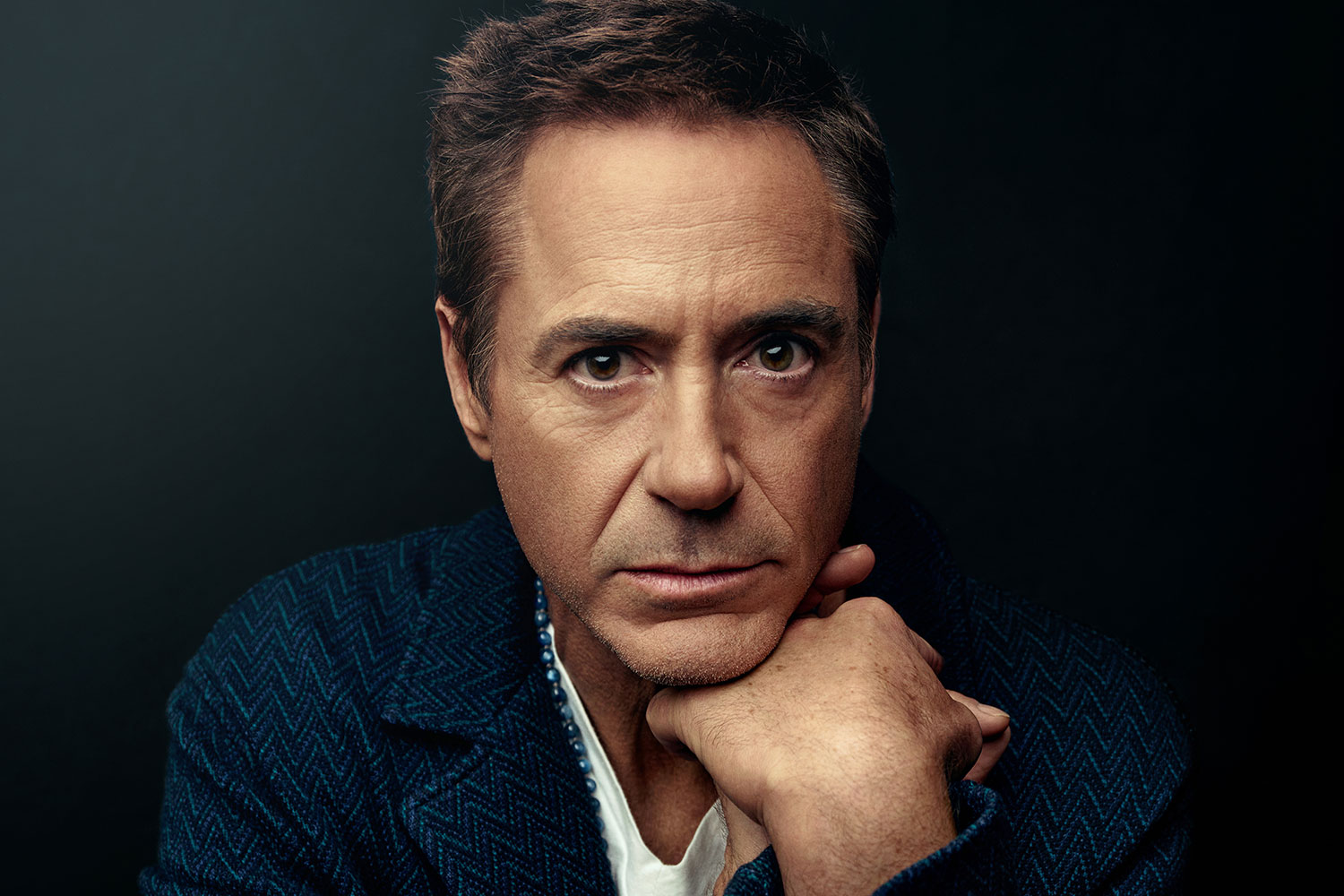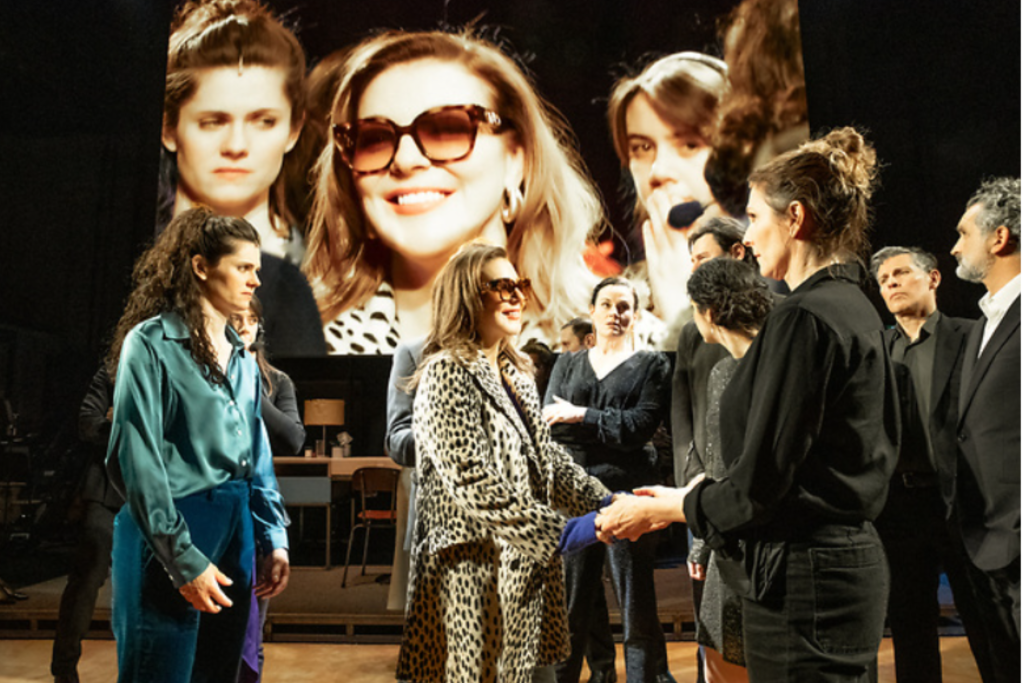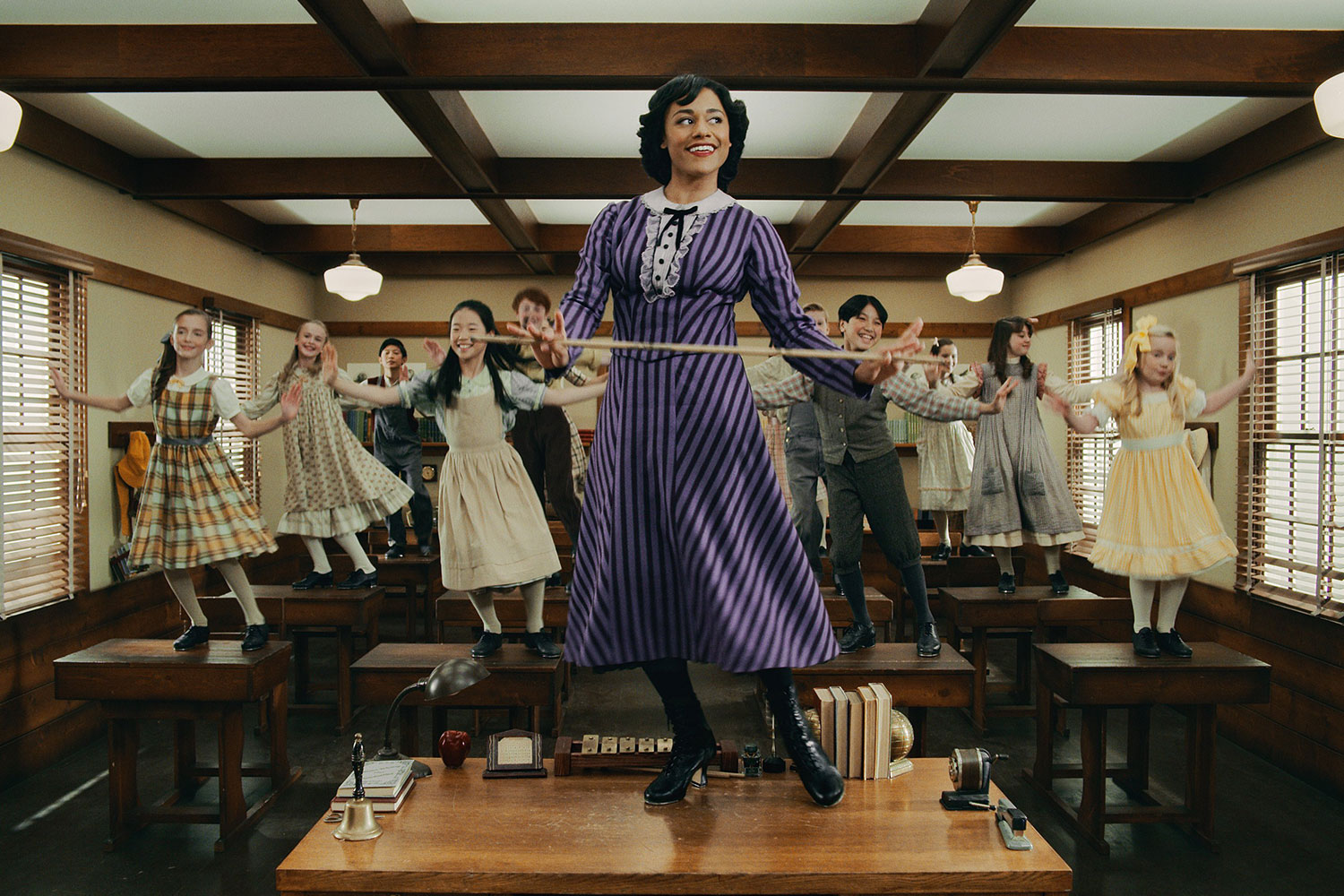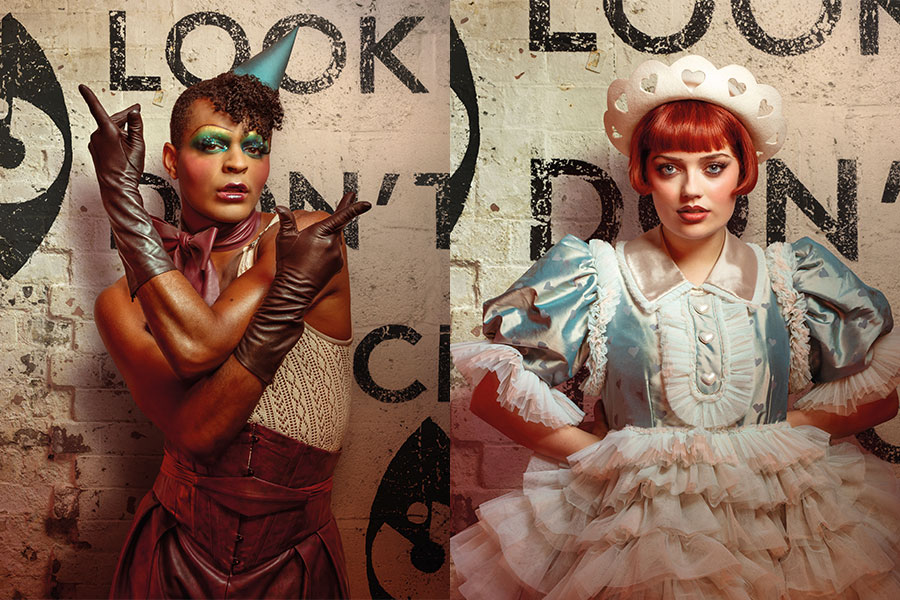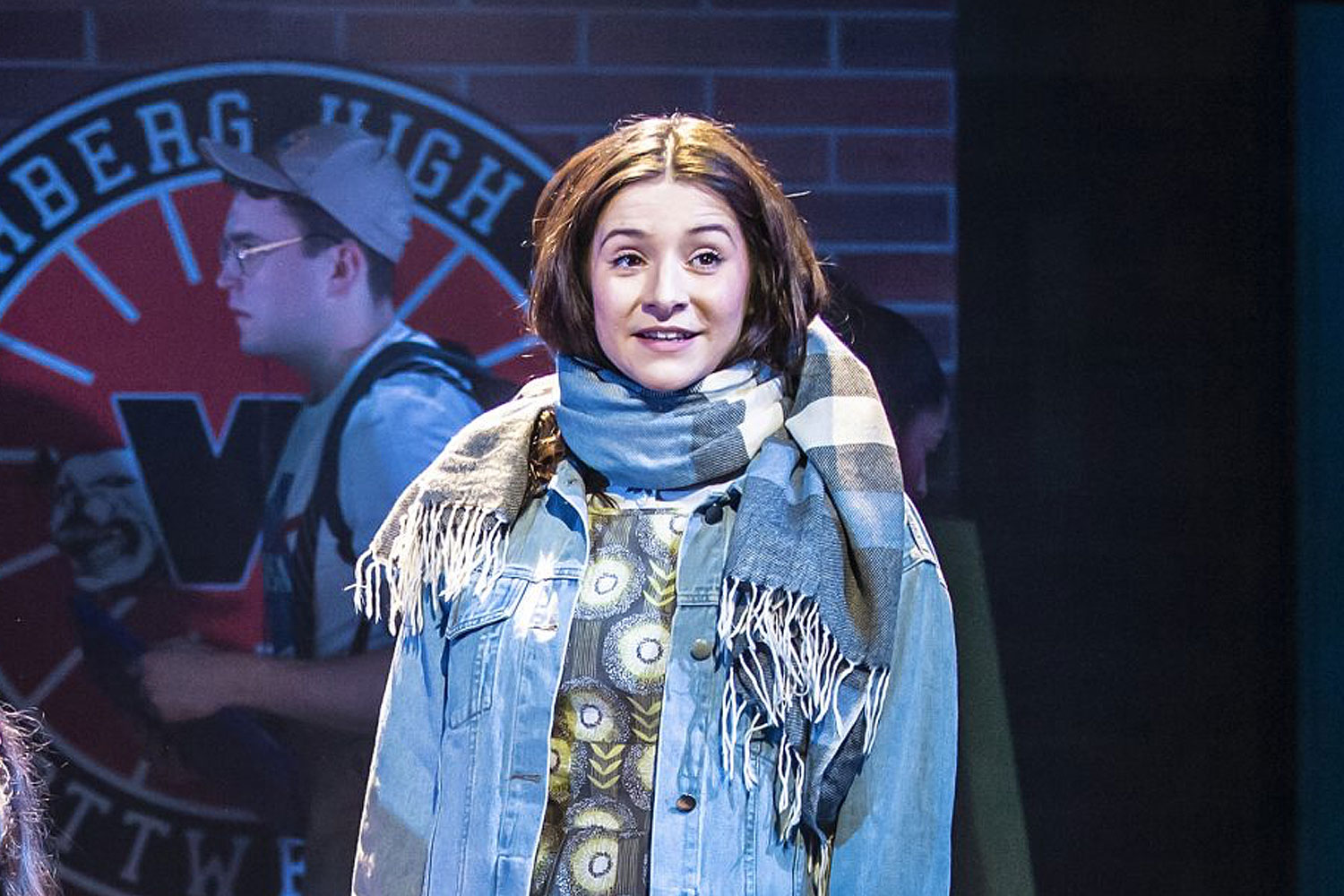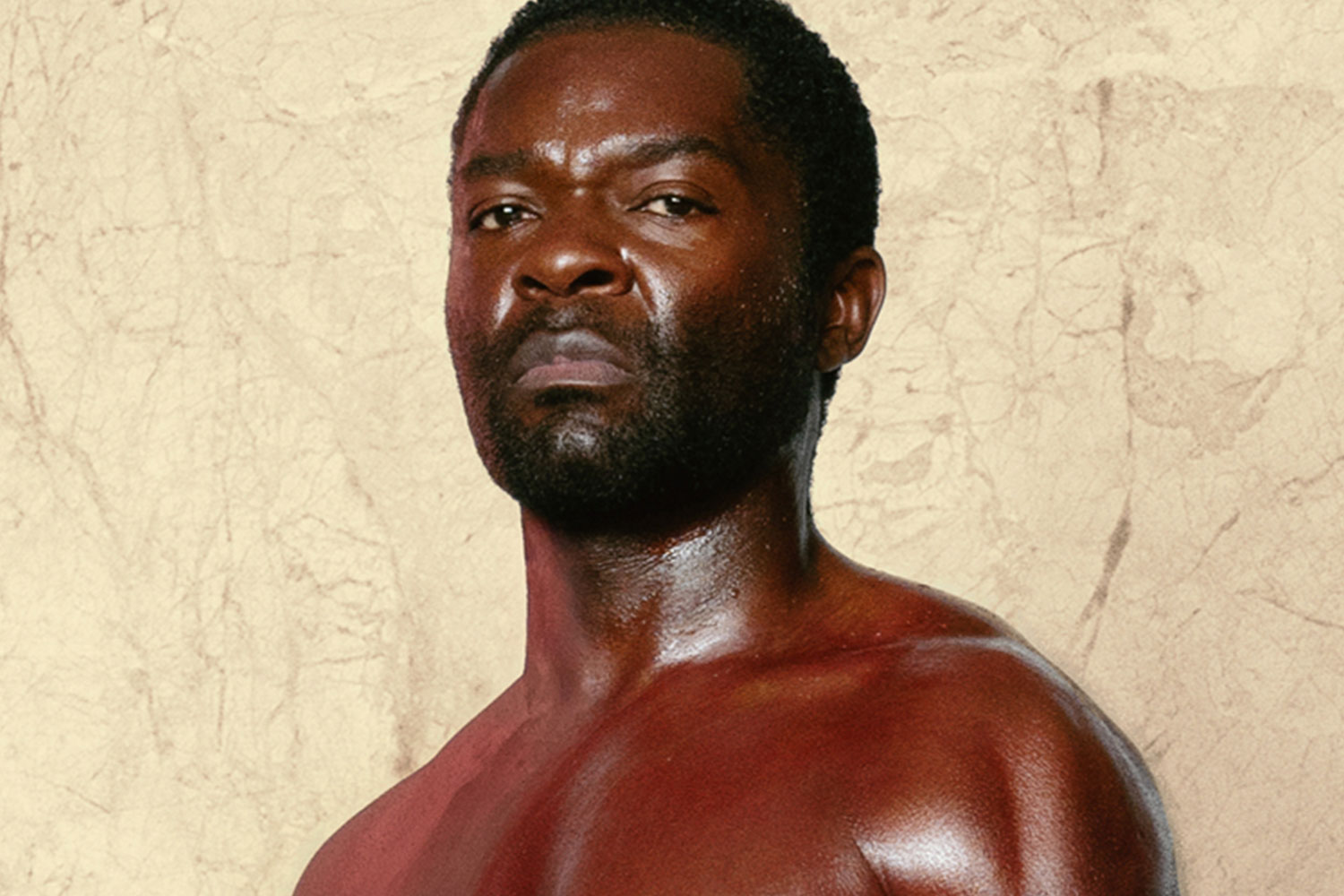The Book of Dust – La Belle Sauvage review – Philip Pullman's prequel takes to the stage
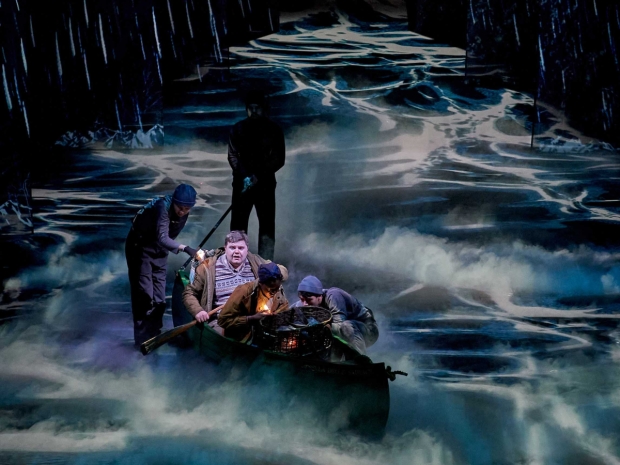
© Manuel Harlan
A boy steps forward on an empty stage and introduces himself – and with that simplest of gestures, this adaptation of Philip Pullman's Book of Dust begins.
The book, La Belle Sauvage, is the first prequel to the more famous His Dark Materials trilogy, and like them deals with the story of Lyra, a child who can change the world. She is a baby here, haunted by a prophecy of her greatness, that puts her life in danger from the oppressive Magisterium, dedicated to enforcing the strictest rules of religion and stamping out scientific enquiry.
The plot gives Pullman opportunity to range through a great panoply of philosophical debates, but it is at root just a terrific story about two teenagers who save Lyra's life with the help of the sleek canoe named in the title. The strength of Nicholas Hytner's engrossing and assured direction and of Bryony Lavery's concise and smart adaptation, is that they concentrate on that narrative, painting in the bigger picture, without getting too bogged down.
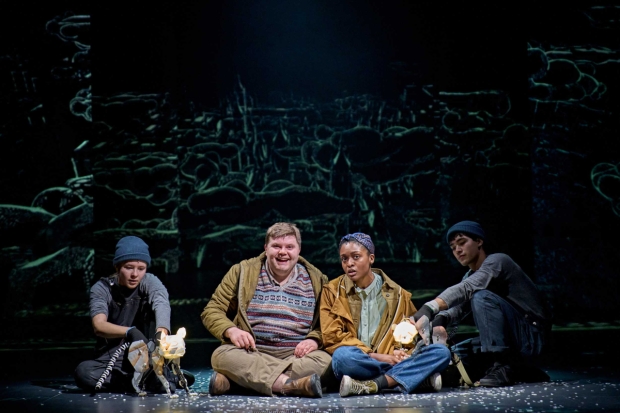
© Manuel Harlan
From the first we know we are in a world that is just a little different, from our own. When Malcolm Polstead (a wonderfully confiding Samuel Creasey) takes to the stage, he is accompanied by his daemon, the physical representation of his soul, here in the form of a kingfisher. All the characters have one and Barnaby Dixon has provided a series of paper-folded puppets with lighted heads who create a sense of magic every time they appear.
The design of this place is generally ravishing. Bob Crowley has, over the past decade, perfected the art of using strategically placed screens and sumptuous video designs (courtesy of Luke Halls) to create ever-changing settings. Here, with the help of Jon Clark's lighting, he paints in deep blues, black and grey, giving a sense that rain is falling and flood waters are rising. There's an echo of Japanese pattern in the cross-hatching of the sky and the swirling of the waters; Oxford rises like a ghost city from the river. The dizzying recess of the Bridge's deep stage, with its upwards rake, is used brilliantly to create the illusion of depth and perspective.
Everything is perfectly calibrated yet unobtrusive and not showy. You are swept away before you realise all the factors working on your imagination. The music (Grant Olding), the movement (James Cousins) and the sound design (Paul Arditti) combine to help you suspend your disbelief as the adventure unfolds.
A fine company of actors helps too, most of them taking many parts, and manipulating puppets to boot. Creasey, making his professional debut, has lovely, unforced timing as the clever but uneasy Malcolm, bringing humour to the delivery of his lines. As Alice, his heroically brave companion, Ella Dacres is equally compelling, revealing both her wariness and her natural courage.
Pullman is good at characters who give the actors meaty roles to play. Pip Carter is treacle-voiced and sinister as the predatory Gerard Bonneville, whose fondness for young girls is rivalled only by his terrible, warped ambition and who is accompanied at all times by a terrifying laughing hyena. Ayesha Dharker brings both glamour and danger to the unmaternal Mrs Coulter, Nick Sampson lends his customary gravitas to multiple parts; Dearbhla Molloy is a joy as the garrulous Sister Fenella. And as baby Lyra, Adiya Ijaha is quite simply one of the most beautiful babies ever to grace a stage, one who brings coos of aahs whenever she appears.
Since her part is quite extensive, she is sometimes replaced by a doll, and she is missed in her absences. The other disappointment, of course, is that since the trilogy is unfinished, the narrative is inevitably left hanging too. But that apart, this is a terrific piece of story-telling, confident and enthralling, a dark Christmas treat.





